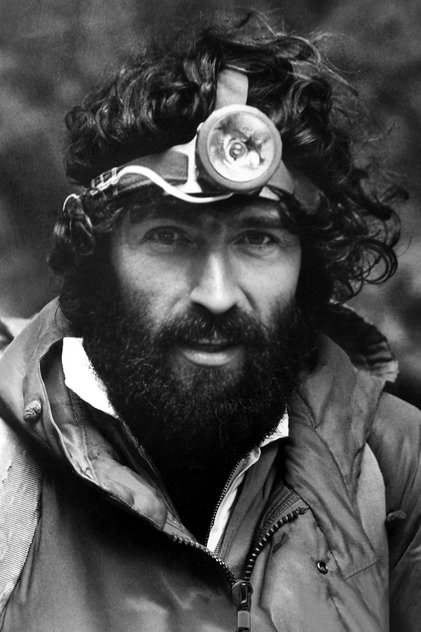
Christian Guyomar
personal-info
known-for
Acting
gender
Male
birthday
1948-04-06
place-of-birth
Paris, Ile-de-France, France
also-known-as
Кристиан Гийомар
كريستيان جويومار
Christian Robert Guyomar
biography
Christian Guyomar, born in Paris in 1948, was an iconic French climber, considered one of the pioneers of free climbing in France in the 1970s. He was a respected and admired figure, both for his discretion and his achievements and ethical commitments. Influenced by British climbers, he distinguished himself through his audacity, commitment, and innovative style, passionate about opening new routes and transmitting a spirit of adventure and commitment with minimal equipment. Originally from the Paris region and coming to climbing late in life after watching a TV show, Christian Guyomar revolutionized climbing in the south of France, primarily on the cliffs of the Sainte-Victoire mountain range, particularly in the Deux Aiguilles sector of Aix-en-Provence, where he opened now-legendary routes such as Le Médius, Super Médius, and especially Antirabique. The opening of Super Médius en tête, with mandatory 6c sections, marked a significant milestone in the evolution of climbing difficulty in France. At that time, the 7a grade appeared for the first time in the Sainte-Victoire guidebook, while 6+ had until then been considered the human limit. Antirabique, opened in 1974, remains famous for its extreme commitment: the first pitch consists of only two self-placed rope loops over 20 meters, illustrating the philosophy of the time, when commitment and risk-taking were integral parts of the practice. When it was opened in 1974, Christian Guyomar climbed this slab free solo and onsight, of course—a daring feat! According to Daniel Gorgeon: "Among the route setters of our time (at Sainte-Victoire), we must mention the great Christian Guyomar. He was a little different because he was the only one who flew. This allowed him to open more difficult routes, lines sometimes requiring 6c, or even harder. We didn't fly; it was scary, and we hadn't integrated it into our climbing... He managed to integrate falling. Climbing Guyomar's routes to appreciate the difficulty of his openings... I think it's an interesting pilgrimage for those who are comfortable with the level." Guyomar also left his mark on the Verdon walls, notably at Castapiagne and Paroi Rouge, and contributed to the rise of free climbing in the south of France. When Spitophage Pervers (7b) was first climbed in the Verdon, he painted a parrot at the foot of the exit wall with Dingomaniaque bolts and indicated with an arrow the 2m detour to the right for the unbolted exit via Spitophage Pervers, a route opened from the bottom and without a single bolt, simply to indicate that the route was still possible without turning everything into a "parrot ladder." Bernard Vaucher devotes an entire chapter to him in his book Les Fous Du Verdon, highlighting Guyomar's importance in the history of French climbing. His opening style, his search for pure and committed lines, and his rejection of systematic equipment influenced an entire generation of climbers and helped forge the spirit of free climbing in France. Christian Guyomar died on September 16, 2011. He remains associated with the history of free climbing and the discovery of difficult rock climbing.